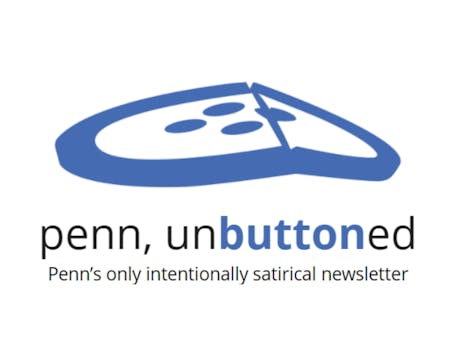For almost a decade now and without much fanfare, the University has been pursuing a policy of economic inclusion in an effort to help minorities, women, West Philadelphians and their businesses thrive in a difficult economic environment.
Through the efforts of Penn's Economic Inclusion Program, the University has awarded more than $134 million since 1998 to female-, minority- and locally owned businesses, out of a total of $545 million spent on major construction projects.
Since its formal inception in the mid-1990s, the EIP has been a three-dimensional attempt to foster economic development in the community. It has targeted areas of employment, contracting and purchasing to better utilize the resources available in West Philadelphia.
"If you provide opportunities in these areas, it helps to stimulate the growth in the economy of the community," said Glenn Bryan, Penn's director of city and community relations. "It's a win-win situation -- for the community and for Penn."
The program began with the construction projects of the Biomedical Research Building II/III and Sansom Common. It has since expanded to include such projects as the Quadrangle and Hamilton College House renovations, and the construction of Levine and Huntsman halls.
In fact, the program is now being implemented for any project valued over $5 million across the University, including projects in the University Health System.
As the city's largest private employer, the University is a major influence in the economic development of the surrounding areas. And the EIP has tried to address community concern over its exclusion from Penn's major economic projects.
The University has procured close to $400 million in goods and services from local companies since 1998. It is currently employing over 3,000 West Philadelphians.
Before the program began, the participation rates in University projects of traditionally underrepresented groups were very low, Bryan said. And it required both external and internal pressure to gain the University's commitment to the EIP.
Now the situation has starkly changed.
"We are averaging 24.8 percent inclusion of minority, women-owned or disadvantaged business, and that stacks up pretty well against any other construction activity in the city," said Leroy Nunery, vice president of business services.
Many of the projects, however, are often too big for local, privately owned companies.
"To the extent possible, we try to make sure that firms throughout the area know that the opportunities exist," Nunery said. "But where there are firms that are too small to service the entire University, we encourage partnerships between a large and a small firm."
One of many small local companies that have taken advantage of the opportunities offered by the program is Perryman Building and Construction Services, which participated in the Hamilton College House renovations that were completed last fall.
The subcontracts offered are "a way to get your foot in the door," said Angelo Perryman, the company's president. "You get the opportunity to create a permanent relationship."
At the same time, he added, Penn does need to work more rigorously on the enforcement, as well as directly contracting locally for smaller businesses.
The EIP has tried to do just that with monthly committee meetings that bring together University, community organization and local officials. The meetings are designed to continually assess the program's success.
"It's groundbreaking. Over the many years, no one has done anything like this," said Carlos Jones, deputy director for economic development for the Greater Philadelphia Urban Affairs Coalition. "No one has tried to decipher and analyze the breakdown of the economic pie and ask how much of it is going to local West Philadelphia companies, minority- or female-owned companies."
And although there are always those who view Penn's programs skeptically, most have agreed that the program has so far been a success. But even its greatest supporters know that it can be improved.
"Right now, it's a personally driven inclusion program ... . We would like this to be happening not just because individuals like [President Judith] Rodin or Glenn [Bryan] push for it," Jones said. "We want it to become common practice regardless of who is there."
The Daily Pennsylvanian is an independent, student-run newspaper. Please consider making a donation to support the coverage that shapes the University. Your generosity ensures a future of strong journalism at Penn.
DonatePlease note All comments are eligible for publication in The Daily Pennsylvanian.







